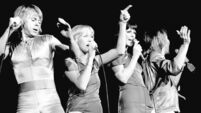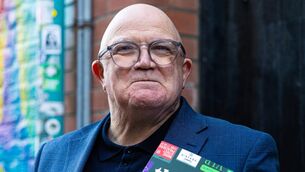Jim's Gems: The best of albums from 1975
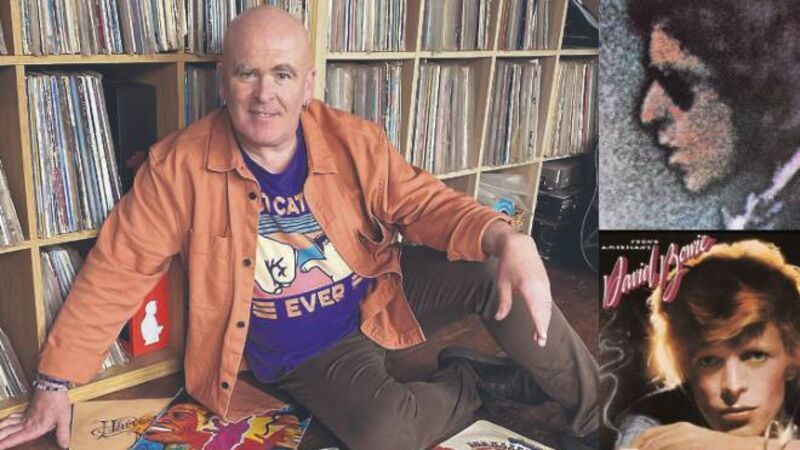
Bob Dylan's Blood on the Tracks and David Bowie's Young Americans are two of Jim Comet's 1975 gems.
If 1965 was a landmark year musically and culturally, fast forward 10 years and it’s a dramatically different and bleaker landscape.
That original optimism and hope of the ’60s was a distant memory. The civil rights movement had failed, and the fall of Saigon put the spotlight on the utter futility of the Vietnam war; while, closer to home, the Monasterevin siege dominated the news headlines.
Musically a lot of artists were sounding jaded and burnt out... the partying taking its toll for many. There were still some great records and here’s my best 10.
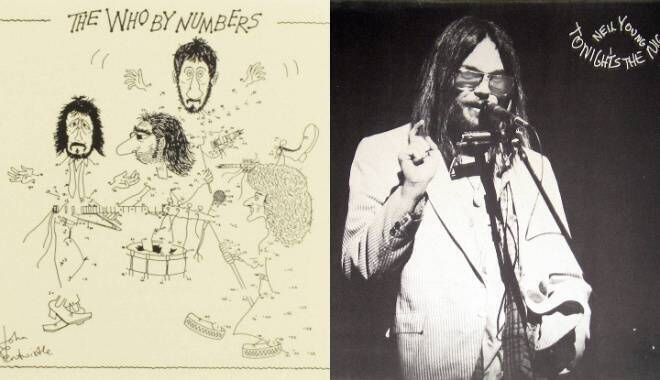
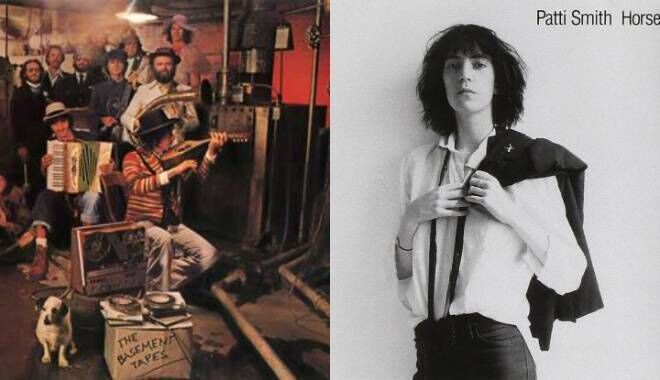
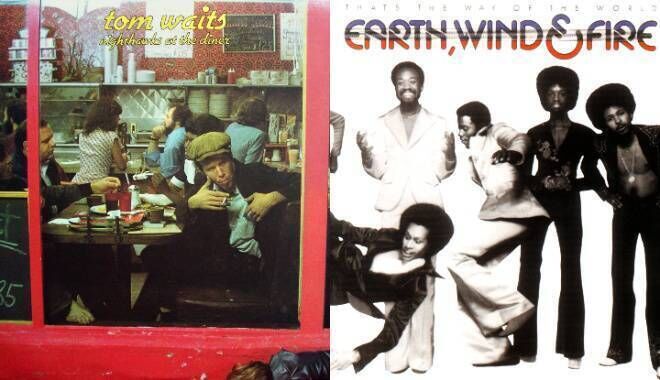
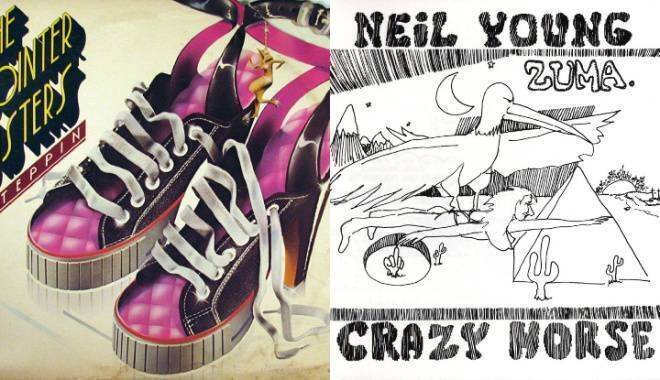
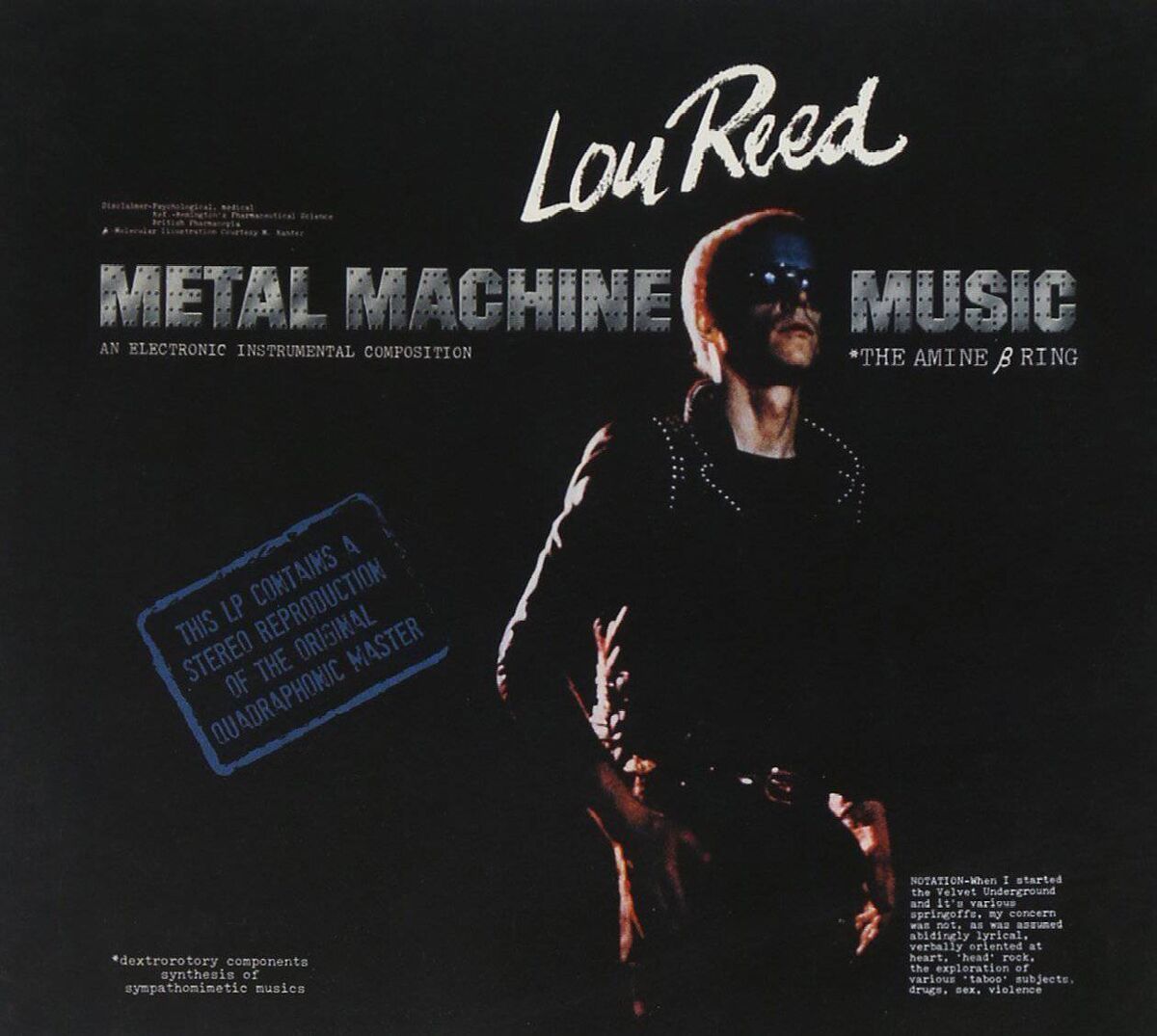
For me Roxy didn’t kick off until album three. This is number five and probably the big one.
Smooth atmospheric choral soul that includes the classic .
There's nothing but feedback on this record and its practically unlistenable — but it's Lou... so I had to include it.



